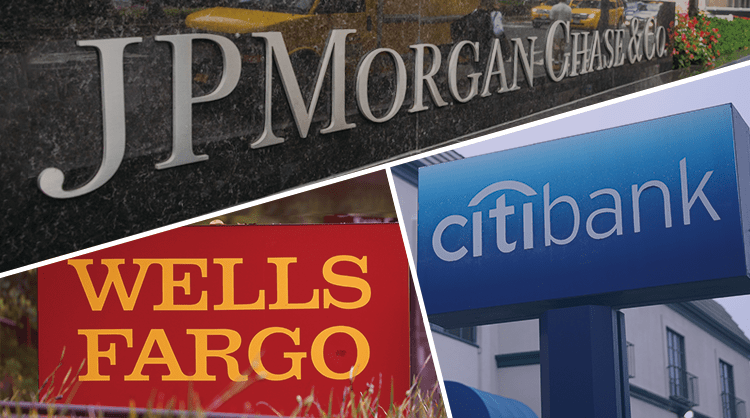Large U.S. Banks Face Q2 Earnings Slump on Lower Interest Income
Analysts note that some of the largest U.S. banks may have seen earnings decline in the second quarter due to lower interest income and increased provisions for potential losses on commercial and industrial loans and commercial real estate.

Analysts point out that some large banks in the United States may face profit pressure in the second quarter due to reduced interest income and increased provisions for potential losses on commercial and industrial (C&I) loans and commercial real estate (CRE).
Morgan Stanley banking analyst Grascek noted that each economic expansion is accompanied by a credit cycle, and banks are currently cautiously normalizing their credit cycles. The latest stress tests by the Federal Reserve (Fed) indicate increased risks for major banks from C&I loans, with expected loss rates rising significantly from 6.7% last year to 8.1%.
Despite uncertain prospects, Wall Street sectors are benefiting from increased trading volumes. Data from Dealogic shows global M&A transactions reached $1.6 trillion in the first half of this year, a 20% year-on-year increase, with equity capital market transactions also rising by 10%.
Analysts will closely monitor banks' comments on interest income, with market expectations generally anticipating rate cuts by the Federal Reserve in the coming months. With stable interest rates, banks find it easier to retain customer deposits, reducing pressure from deposit competition.
Kotovski, an analyst at Auburn Bank, pointed out that some clients are planning to shift deposits to money markets, allowing banks to capitalize on these deposits by repricing loans at higher levels.
Kotovski predicts that banks' net interest income (NII) may bottom out in the second or third quarter, followed by an increase as banks begin renegotiating new loans at higher rates after the stabilization of interest rates.
Prior to the Fed's rate hikes starting in early 2022, mortgage rates reached historic lows in 2021 due to significant rate declines during the pandemic, with car loan rates also hitting multi-year lows.
Disclaimer: The views in this article are from the original Creator and do not represent the views or position of Hawk Insight. The content of the article is for reference, communication and learning only, and does not constitute investment advice. If it involves copyright issues, please contact us for deletion.